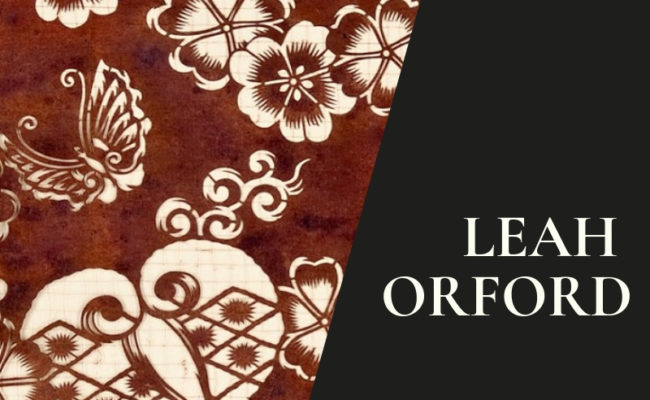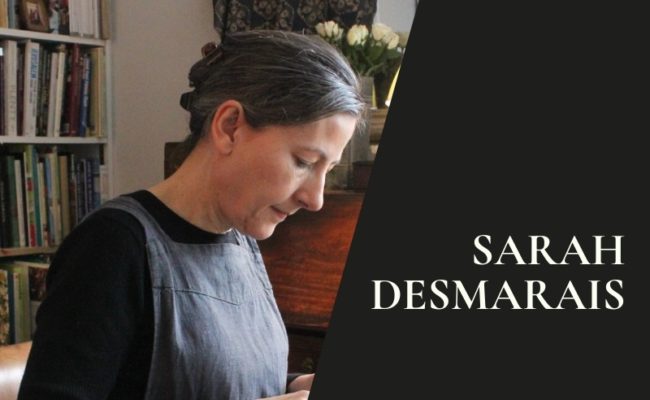Aoi (Hollyhock) Sakura (Cherry Blossom) and Chou (Butterfly) katagami stencil
Brief description
Aoi (Hollyhock) Sakura (Cherry Blossom) and Chou (Butterfly) katagami stencil, 1850 - 1880.
Date
1850 - 1880
Dimensions
height: 255mm
width: 415mm
More details
Aoi (Hollyhock) pattern is one of the typical classic patterns in the Heian Period (AD 794-1185), and can often be seen in the costumes and furnishings of the court nobility of that period. Ieyasu Tokugawa used the hollyhock as a crest, increasing its importance as compared to the crest of Chrysanthemum and Paulownia. The Hollyhock was the crest of the Tokugawa family (shogun line from 1603-1868) and had strong associations with Shinto festivals and shrines. Only the Tokugawa family had the right to use the hollyhock crest during the succeeding years of the Edo Period (1603-1867). Although Aoi patterns alone were not permitted, certain higher ranking and popular people, such Kabuki actors, started pushing the bounds of what they could get away with by wearing design combinations of Aoi with, for example, Cherry blossom and Butterfly, which then became a stylish fashion for Edo townspeople in the late Edo period. By about 1850 the general populace started using Aoi pattern and it came to be used as a good auspicious pattern, spreading throughout Japan until the early Meiji era (around 1875). Chou (Butterfly) is one of the most popular patterns in Japanese culture, often seen on Japanese Kimonos and textiles. For the Japanese people, from the past to present, the butterfly has many meanings; spiritual, symbolic and an artistic meaning. 'Sakura' (Cherry Blossom) pattern has been favoured by Japanese since the Heian period (794-1185). It symbolises new beginnings, renewal (early Spring), beauty and the transience of life. The ‘Sa’ in sakura signifies rice and ‘kura’ signifies the seat of the deity. It is a spring flower, however one can wear this pattern regardless of the season. Although Cherry blossom was principally a feminine taste, combined with stripes and leaves it became trendy for unisex use. This is one of around 400 Japanese katagami stencils which are part of the Silver Studio Collection. The stencils were produced in Japan as a way of applying patterns to fabric, mainly kimonos. The katagami collected by the Silver Studio were used by their designers as reference material to produce their own Japanese-inspired patterns. This Katagami employed the Itoire technique. This is one method of silk thread reinforcement in Katagami. Itoire was a detailed technique which was applied to Katagami by veteran female artisans at Shiroko, Ise, from about 1750. Itoire was used until 1920. See Markham, Mamiko (2018): Katagami technique Itoire. Middlesex University Journal contribution. https://doi.org/10.22023/mdx.6477776.v1








Comments